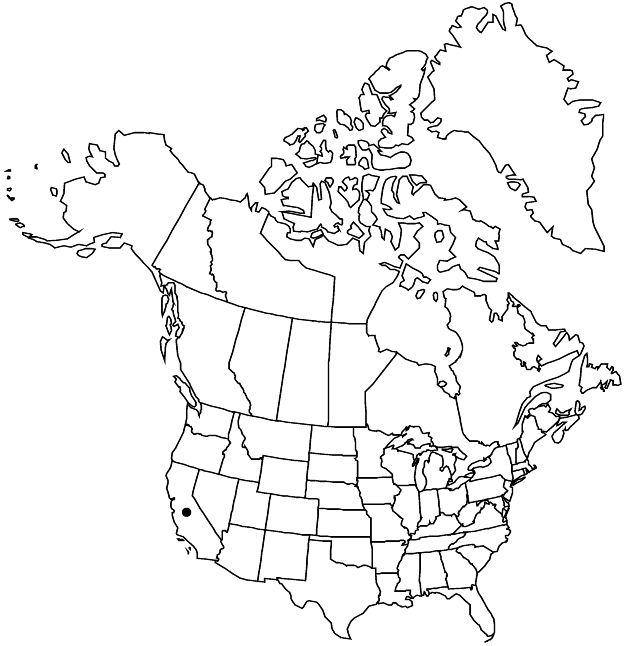Viola pedunculata
Fl. N. Amer. 1: 141. 1838.
Plants perennial, caulescent, not stoloniferous, 5–39 cm. Stems 1–10+, decumbent, ascending, or erect, leafy proximally and distally, glabrous or puberulent, from shallow to deep-seated, enlarged rhizome with fleshy to subligneous roots. Leaves cauline; stipules ovate, linear-lanceolate, or oblanceolate, sometimes leaflike, margins entire or glandular-toothed, apex acute to acuminate; petiole 2.7–7.2 cm, usually finely puberulent, sometimes glabrate; blade deltate to ovate, 1–5.5 × 1–5.5 cm, base truncate, subcordate, or attenuate, margins crenate to serrate, ciliate, apex acute to obtuse, surfaces subglabrous or sparsely puberulent. Peduncles 2.9–20 cm, sparsely to densely puberulent. Flowers: sepals lanceolate to ovate, margins ciliate or eciliate, auricles 1–3 mm; petals golden yellow adaxially, upper 2 reddish brown abaxially, lower 3 dark brown-veined, lateral 2 bearded, lowest 10–20 mm, spur dark reddish brown, gibbous, 2–4 mm; style head bearded; cleistogamous flowers absent. Capsules ellipsoid, 5–11 mm, glabrous. Seeds dark brown or black, shiny, 2.7 mm. 2n = 12.
Phenology: Flowering Feb–Apr.
Habitat: Open, grassy coastal and inland slopes and hillsides, usually in full sun, chaparral, foothill and oak woodland
Elevation: 0–1000 m
Distribution

Calif., Mexico (Baja California).
Discussion
The stems of Viola pedunculata arise from an enlarged, subterranean, spongy or fibrous rhizome. Often, these rhizome structures are deep seated; it is unknown how they get so deeply buried. The anther appendages of V. pedunculata are hairy distally, a characteristic not known to occur in other members of the V. purpurea complex.
Larvae of the federally listed Callippe silverspot butterfly [Speyeria callippe (Boisduval) callippe] feed only on Viola pedunculata.
Plants with leaves reported to be smaller, thinner, deltate, mostly longer than wide, with yellow petals (versus orange for Viola pedunculata var. pedunculata), style 2.1 mm (versus 2.9 mm for var. pedunculata), from the Pinnacles region in San Benito County, California, have been called subsp. tenuifolia.
Selected References
None.